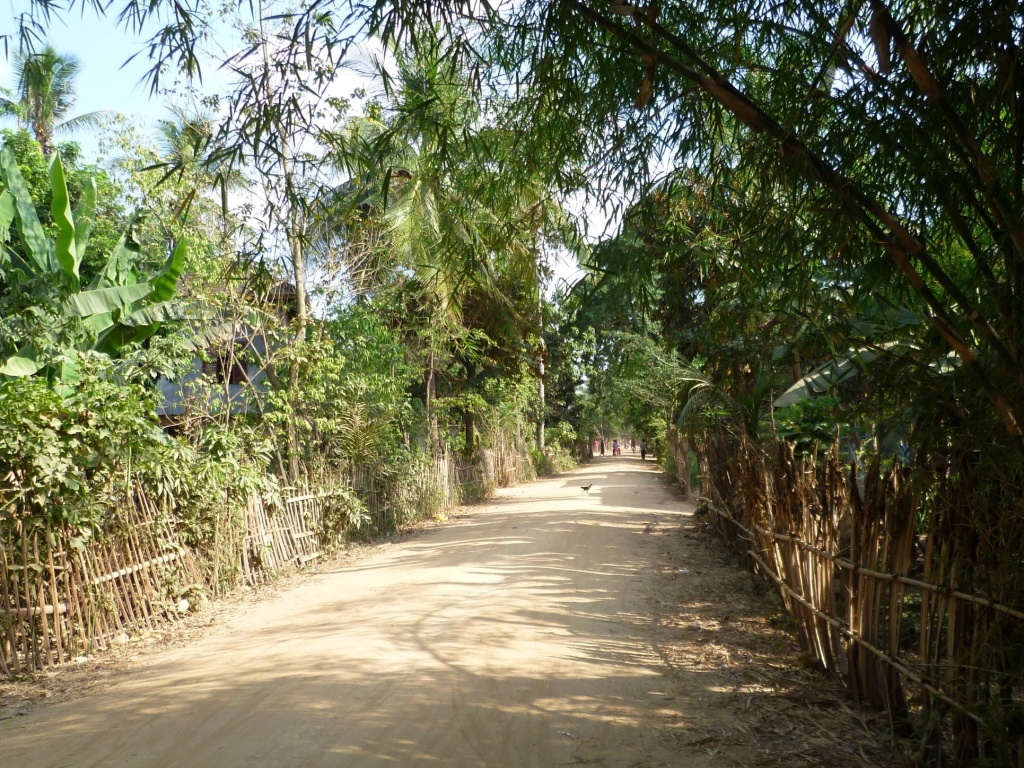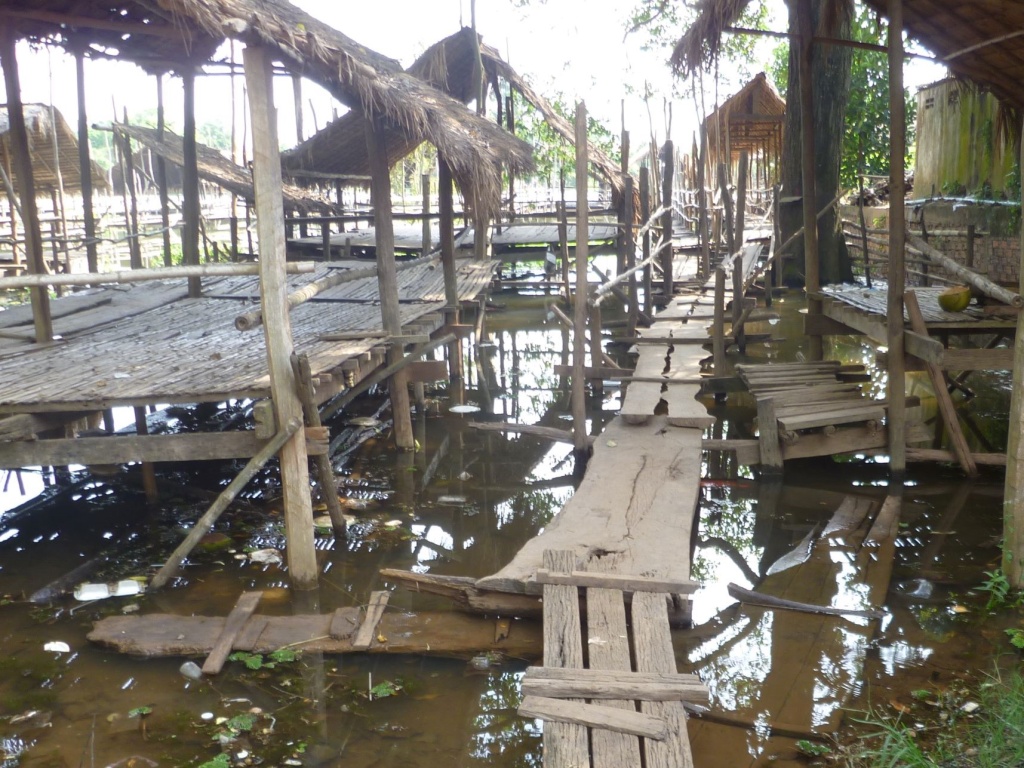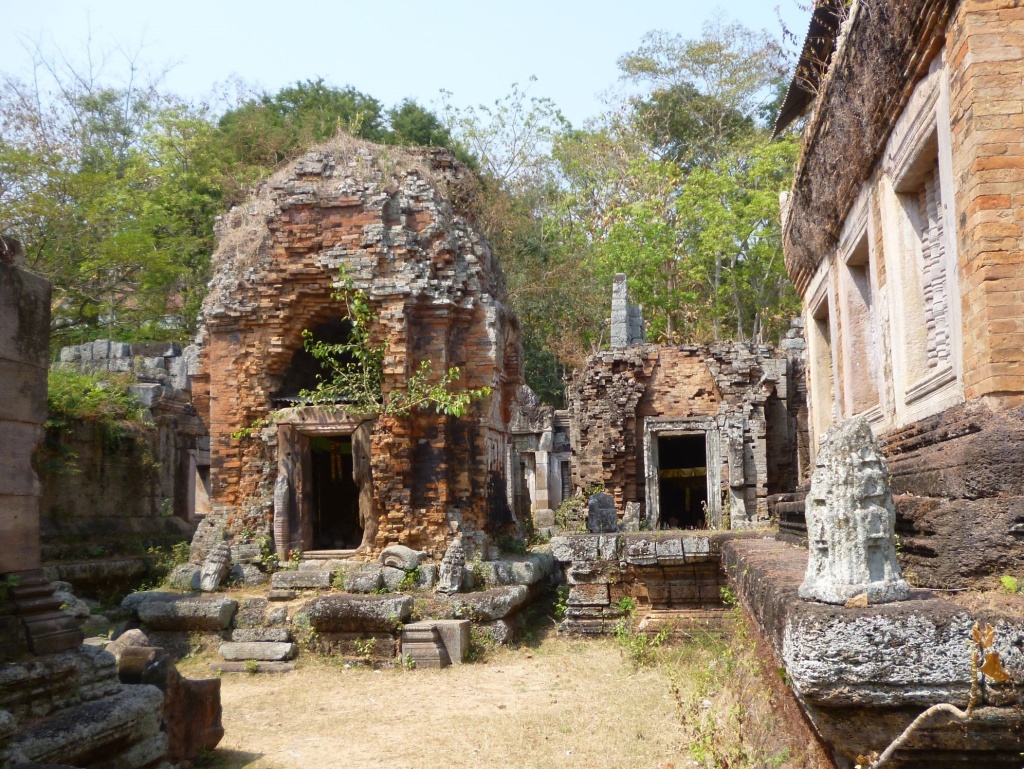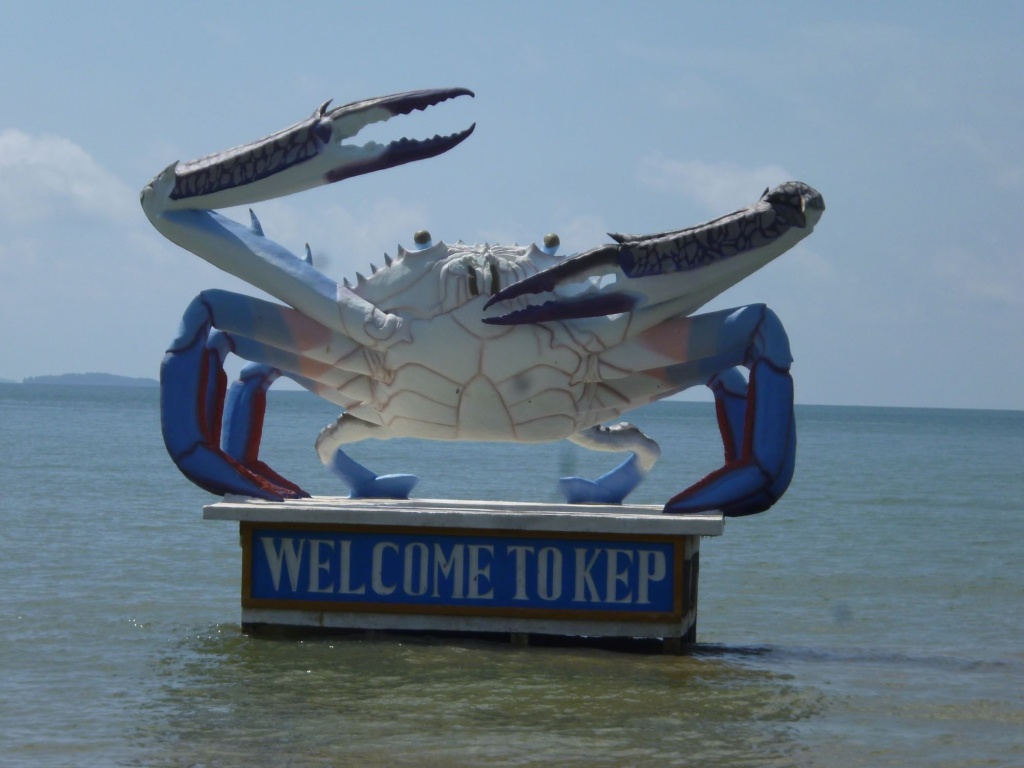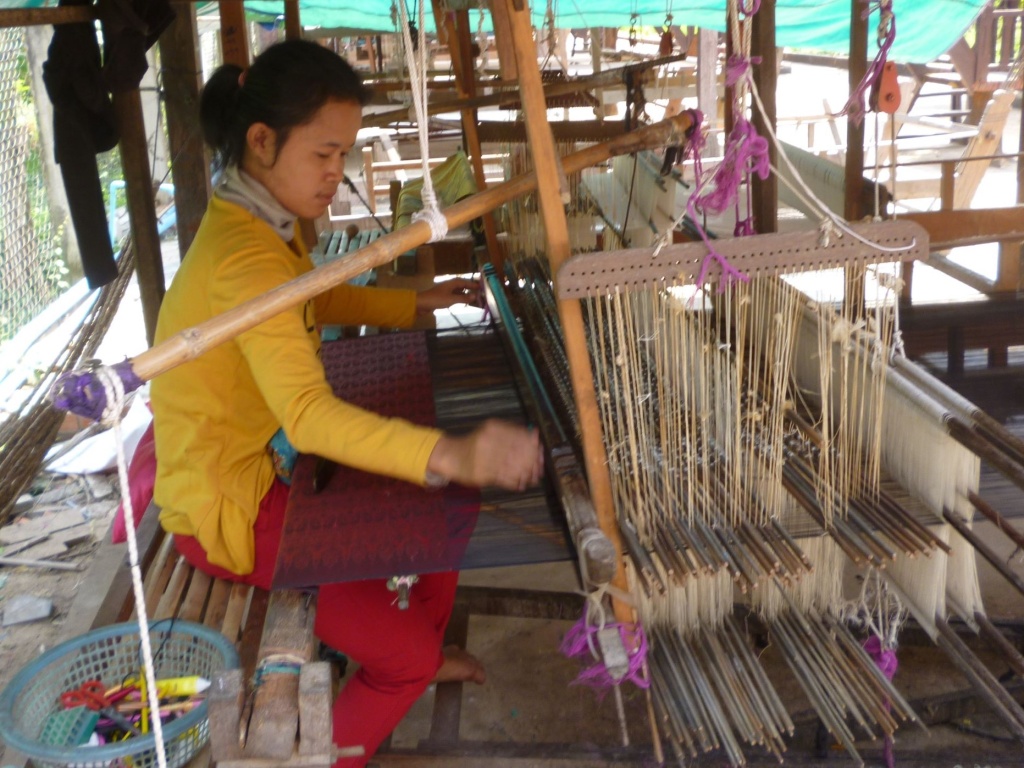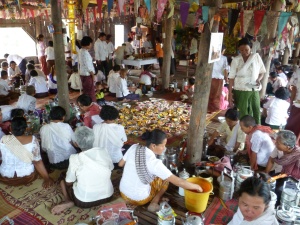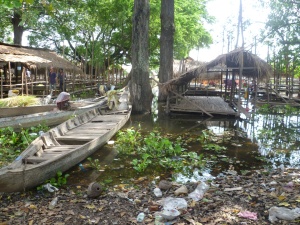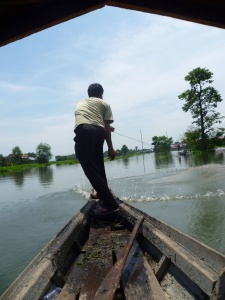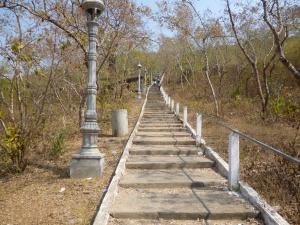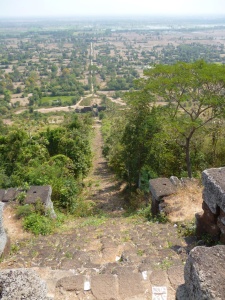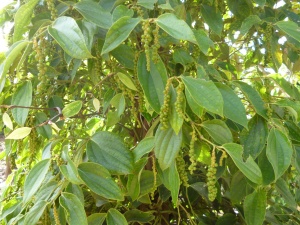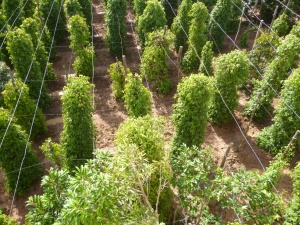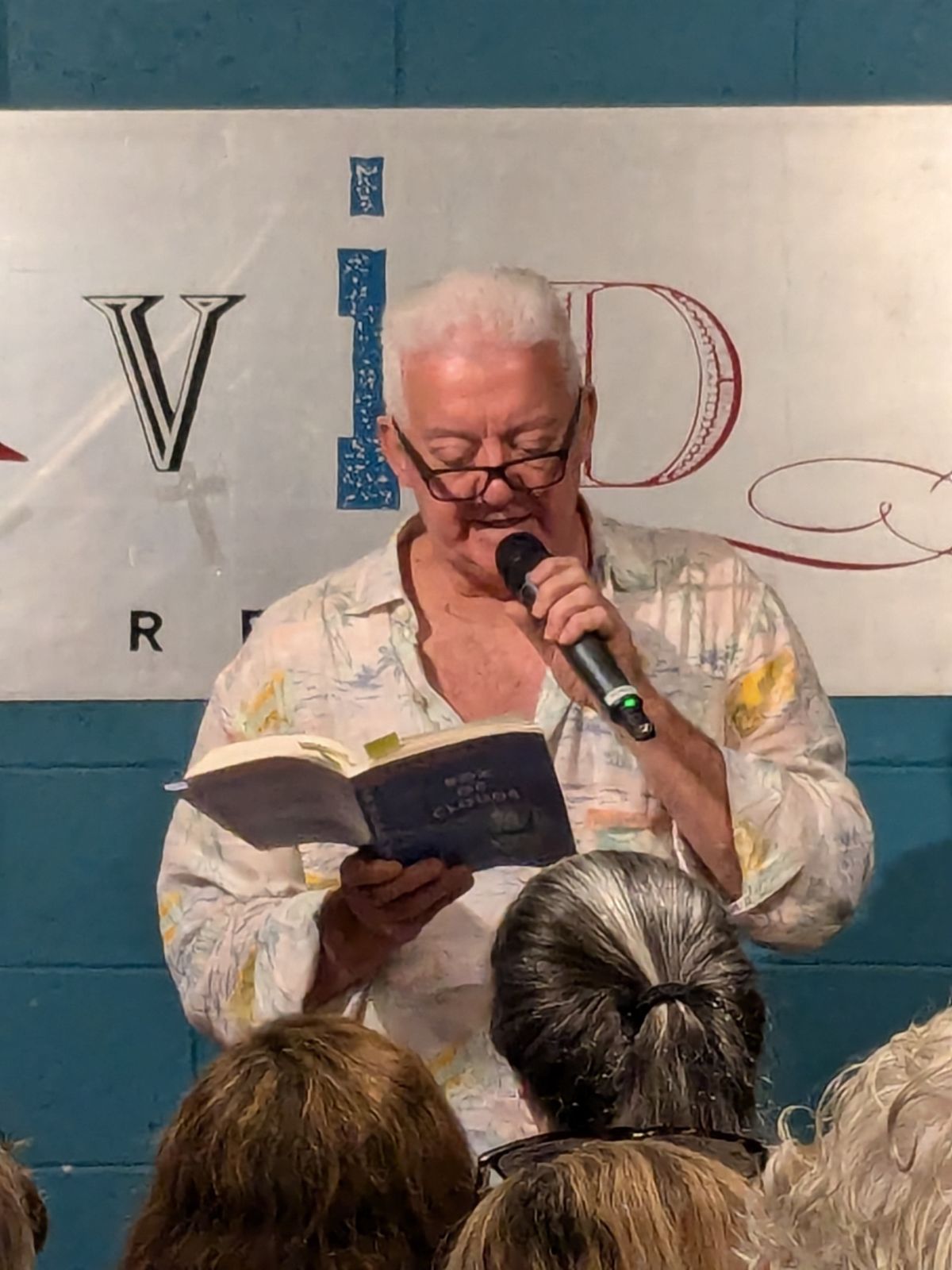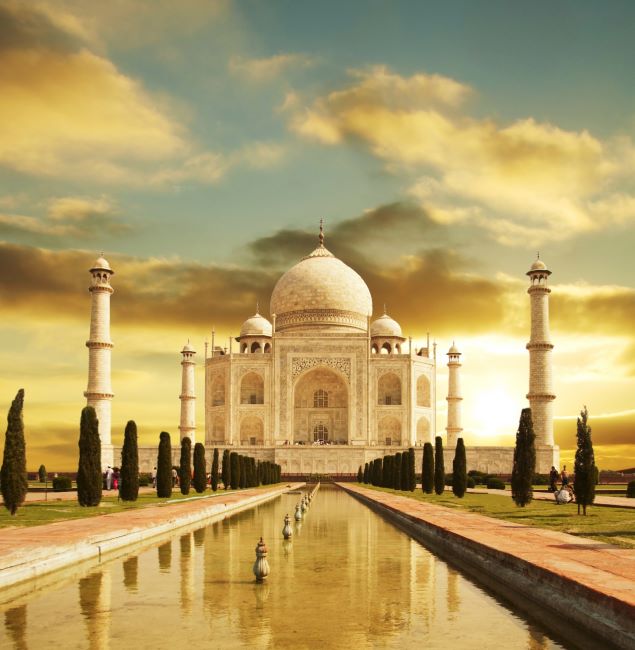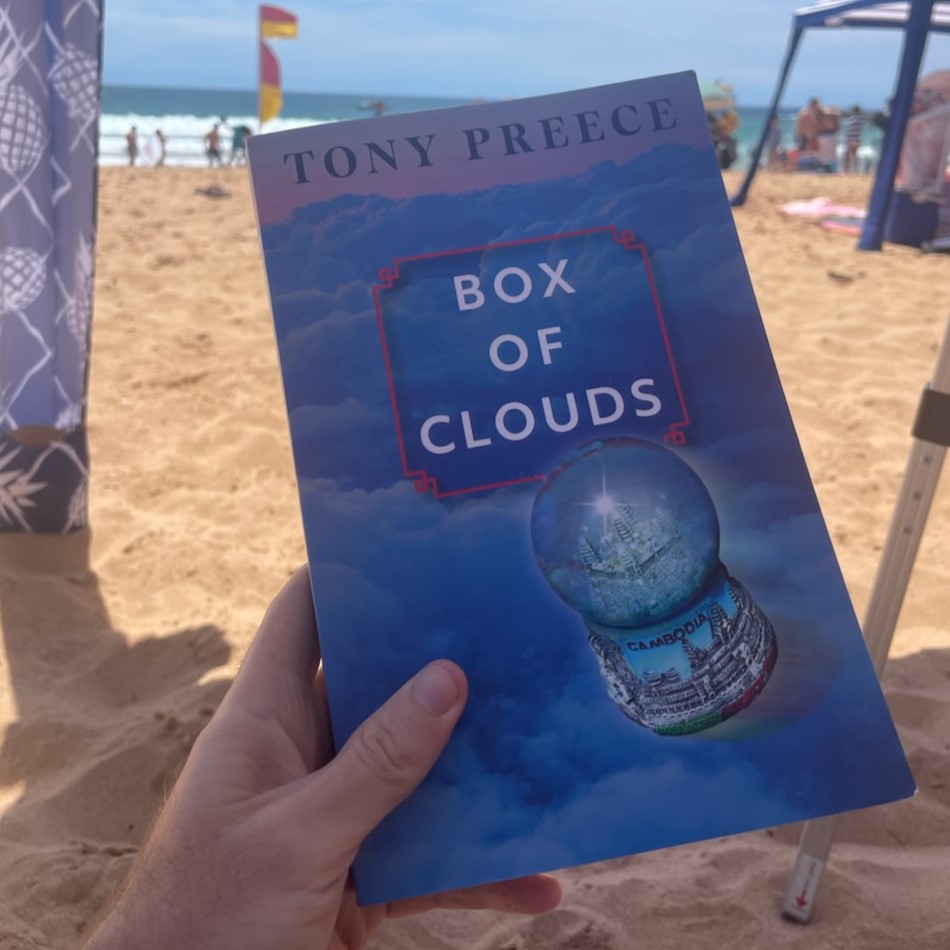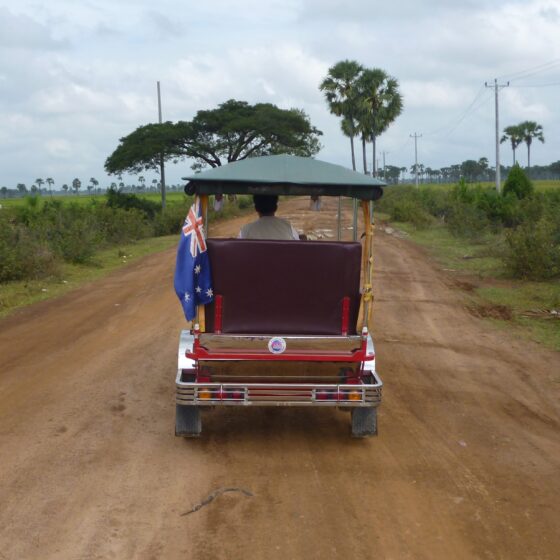
Cambodia’s Hidden Wonders
Cambodia has put its chequered history behind, proudly stepping forward claiming itself the Kingdom of Wonder. There are several ways that can interpreted. You must wonder after years of genocide at the hands of Pol Pot’s despotic Khmer Rouge how a nation could rebuild and rise once more. The fact order is restored is a wonder. Any wonder the Killing Fields (there is more than one), and Genocide Museum in the capital Phnom Penh are tourist attractions. Angkor Wat is a wonder. In the rough and tumble of getting through customs and baggage collection you wonder why you thought Cambodia would be a good destination to visit. Well, wonder of wonders, it is.
As Clifton Fadiman once said, “When you travel, remember that a foreign country is not designed to make you comfortable. It is designed to make its own people comfortable.”
Here is a four-pack starter kit of unexpected wonders to whet your appetite for adventure off tourism’s beaten track.
Boeng Cheung Loung
Within striking distance of Phnom Penh is this surprisingly beautiful freshwater lake. It casts a serene, mystical spell over the area. Placid and peaceful after the hustle of the city a favoured weekend retreat for Khmer families. Midweek it is the domain of romancing couples desperate to spend time away from prying eyes.
A ragged line of thatch covered platforms extend into the lake accessed by plank walkways. You negotiate a price based on how long you intend to stay, also what refreshments and food you want. Then you negotiate the plank carefully unless you want to end up in the drink.
Within minutes of settling on the pontoon a narrow wooden boat glided in paddled by two excitable Khmer lads busting to show off their lake. After further price negotiations I boarded tentatively hoping not to send this slim craft straight to the bottom. I paddled, the boys sat under the thatched canopy and laughed at my ability with a long wooden oar. The tuk-tuk driver who got me into this in the first place was determined to show off his fishing skills. With a net, not a rod. He circled the sinker lined net over his head several times before casting into the lake. Only luck and innate balance saved him from becoming fish bait. The net hit the water in a perfect circle. His reward for effort netted two tiny silver tail fish. The haul never improved on three subsequent castings.
Phnom Chiso Temple
This temple is fifty-two-kilometres from Phnom Penh. Two hours by tuk-tuk on National Highway #2 south into Takeo Province. On the outbound journey stop at one of the many roadside markets they will be long gone on the return trip to avoid the hottest part of the day. Markets are the heartbeat of any community bristling with life. Language is no barrier to conversation; you will become drawn in by the sheer infectiousness of village life. Depending on the time of year various crops are under cultivation. Today palm sugar was being extracted by farmers who set up along the roadside. Large vats of purple palm pods bubble and bleed juices that becomes sugar. Once cooled a block of palm sugar is wrapped and bound in banana leaf and sold directly to you.
Pulling into the base of the mountain upon which Phnom Chiso Temple sits the scenery is unprepossessing. This temple predates Angkor Wat by about a 1000 years proving that religions always get the best real estate. Though how the hell they got all those big stone blocks up top is a bewilderment. One view from the summit looks down on what appears to be the original pathway. An uninterrupted view extends for seemingly hundreds of kilometres. A single yellow dirt roadway vanishing into the horizon. Worth if for that view alone. Stand long enough I swear you will see a colourful procession through the heat hazed shimmering light, a sea of saffron robes sparkling in the sun, golden umbrellas glistening incandescently, bells, gongs, chimes, chanting, hundreds making an upward assent heading towards you. I promise you I saw it.
The temple, like most of Cambodia, is desperately in need of restoration however, it is not difficult to admire the skeletal remains. The beauty of design and construction is awe-inspiring. Don’t be fooled take water, take your time, and make a start on the upward climb.
The five hundred and three stair near vertical climb to the top nearly did me in. I passed sorrier sights clutching the handrails to haul themselves to the summit. Fifty minutes later, as I was descending, I passed some of them still on their way up. Well of course I offered encouragement.
“Keep going,” I said. “The view from the top is worth it. You’re almost halfway.”
Yes, I was punished. Next day my knees refused to bend without pain as my legs buckled beneath me.
Kep
By far the prettiest of Cambodia’s seaside towns, there’s talk of locating an international tennis centre here. Improving access via extensive road upgrades also point to this becoming a reality. Better get there soon and catch it now in all its romantic, decaying beauty. Long a favourite of the old King, he had three residences here. One is still used by the current royal family, one has been reclaimed by the jungle that can voraciously cover acres overnight, and one along the beachfront peppered with mortar shell and bullet wounds left in perpetuity, a reminder of the bloody past.
Kep is renowned for Blue Spanner crabs, but its pepper you really need to see. Sought by gourmands the world over, famous black, red, and white Kampot pepper grown in Kep. Another tuk-tuk, another driver wound his way along a muddy path through the lushest green rice paddies. Attention turned to the sky by what sounded like thousands of birds. Birds! A sound I had not heard in all my time here. The driver stopped outside a massive three storey high cement block house, no windows, except for small openings around the roof-line. The bird sound was coming from the roof. Closer inspection revealed speakers tucked under the eaves emitting the continuous call of birds. Swallows, to be precise. Purpose built to attract swallows to nest inside. The secretion from the birds is extracted from the nests then sold to feed a voracious Chinese appetite for Birds Nest Soup. A very lucrative venture.
On to the pepper plantations. While I knew pepper didn’t grow in cellophane packets in supermarkets at outrageous prices, I had no idea pepper grew in clusters from a very well-trained vine. I must admit it was something I had never given much thought to. They are majestic plants, tall, proud, and abundantly fruitful. Only pepper vines grown in this small regional area are allowed to call themselves Kampot pepper. It is to do with the unique soil quality found only here that flavours the corns. My thoughts turned to Australian customs as I stuffed kilo packs of both black and red pepper into my backpack. Laws are strict when it comes to foodstuffs that potentially could contaminate the biodiversity of Australia’s agricultural produce. I silently contemplated becoming a pepper mule. A quick cost/ benefit analysis of the risks involved in smuggling 2 kilo of Kampot pepper revealed I’d ingest, from my personal collection of “wishful thinking” condoms, at least twenty. Bugger, best just declare them on arrival.
Silk Island
Touts tempt you on board a cruise up the Mekong to the silk islands. There is a tourism project where for a dollar you see the silk making process from eggs to threads. Watch weavers at their rattling old wooden looms spinning silk yarn into the most intricate patterned cloth right before your eyes. You can buy up big and even engage with the person who made your scarf.
My introduction to silk workers came when taken to the homes of island weavers. It involves another tuk-tuk ride. An old driver, Mr Kaorn, had insider knowledge on circumventing the tourist route to discover silk. Several kilometres outside Phnom Penh on National Road #6 two women driving motos fell in with us chatting volubly with the driver. We turned off the road and followed them down a narrow road overgrown with bushes and bamboo seemingly driving through people’s yards. We popped out of the bushes onto the banks of the Mekong River. Here joining a gathering of Khmers, some of foot, others on motos, we waited to board the ferry to cross over onto their island. At this time one of the women, all smiles and cheekiness, had claimed me, all the while conversation flowed, punctuated by wild laughter. Once over the river we pushed the tuk-tuk up the riverbank to the road above before heading off to my new girlfriend’s house under which the loom loomed large and imposing. It sat in the dirt surrounded by chickens, and a big white cow. Within minutes eight women, arms piled high with cloth, came walking across the paddies. There’s no escape from Khmer women determined to have you purchase a piece of hand-woven cloth. For me, “very special price”. They determined I was unmarried, which raised the stakes and hilarity. Squeals of joy as I promised I would return to make them all my wives. The noise being made started to draw other women across the paddies. It was time to get out before I was skint and had to marry the entire village.
Eighteen months later I sat on the island at the ferry crossing returning from the silk tourism venture mentioned earlier. Motos started pushing forward to gain a front spot on the ferry. Through the surge and tooting of horns, wild laughter drew my attention. I turned to see my two original silk girlfriends, unconcerned by the shocked looks on surrounding Khmer faces, shamelessly waving and shouting, “Husband, husband, we still wait you.”
Real adventure awaits everywhere in this unassuming country. Take this wisdom from Marcel Proust.
“The real voyage of discovery consists not in seeking new landscapes, but in having new eyes.”



